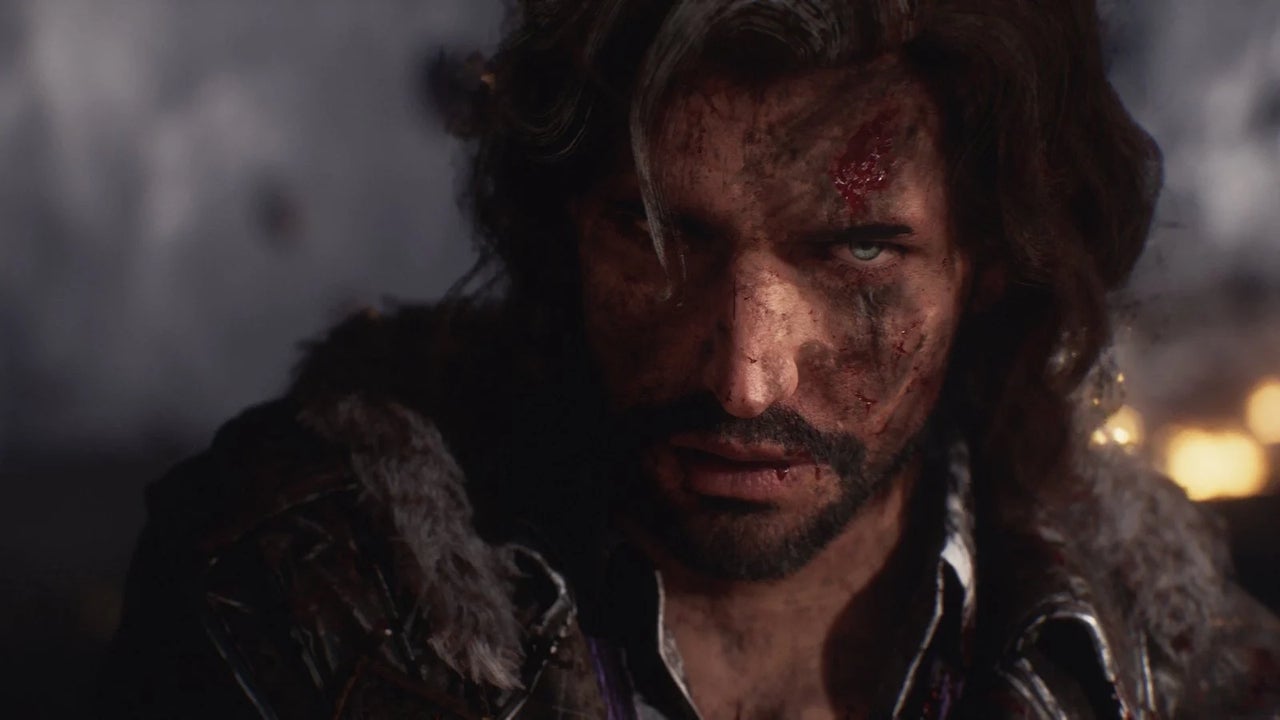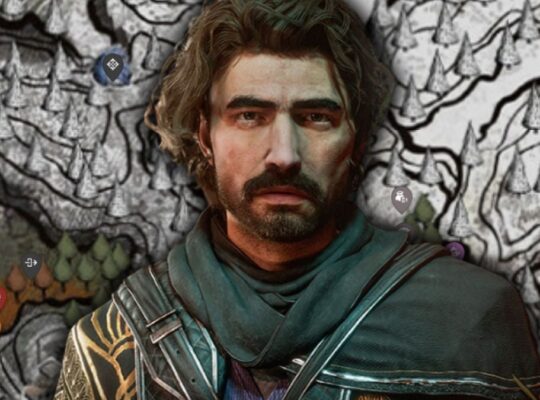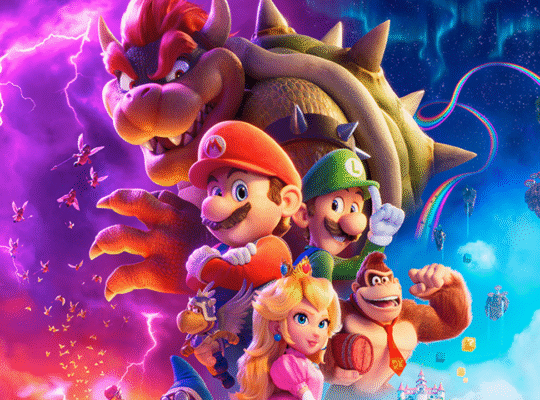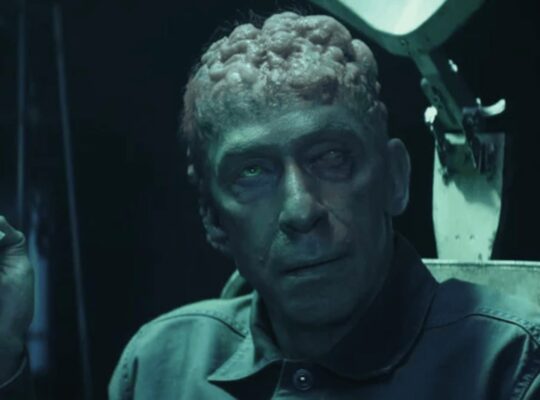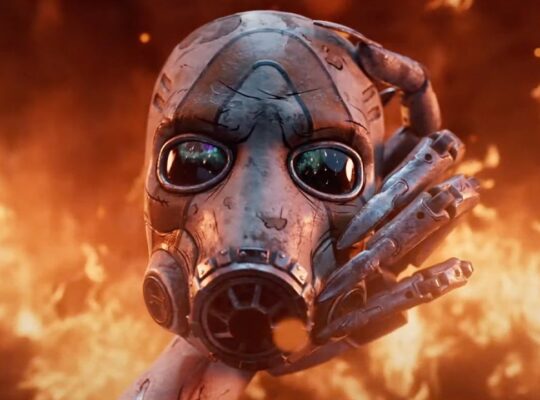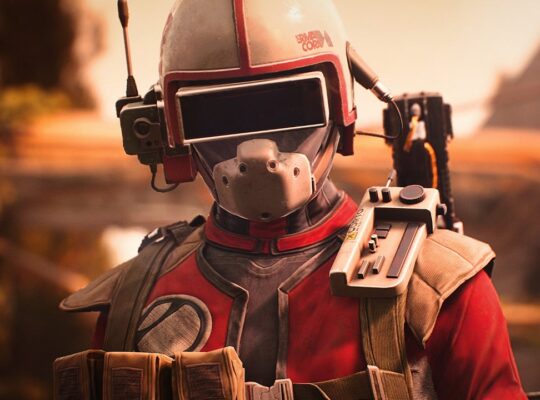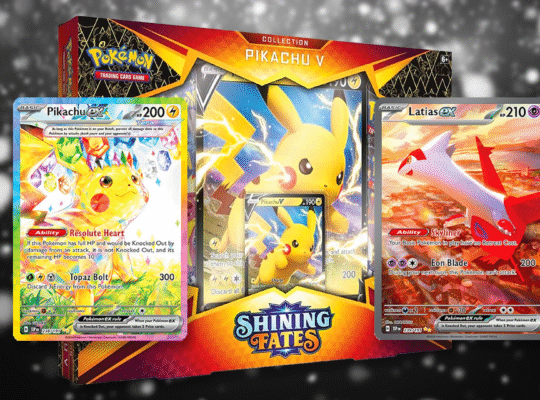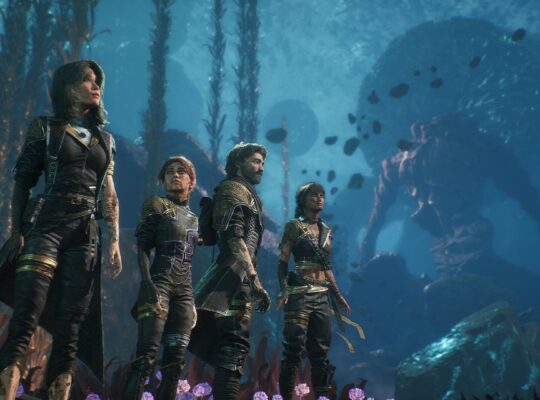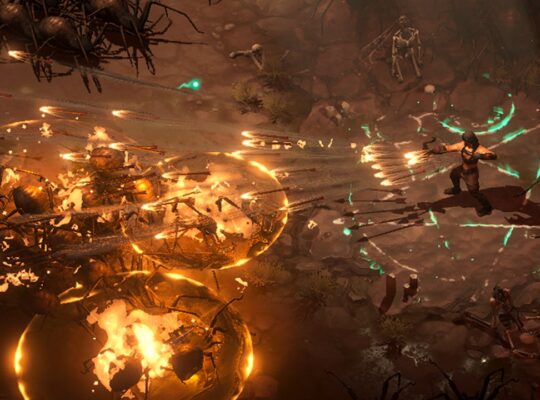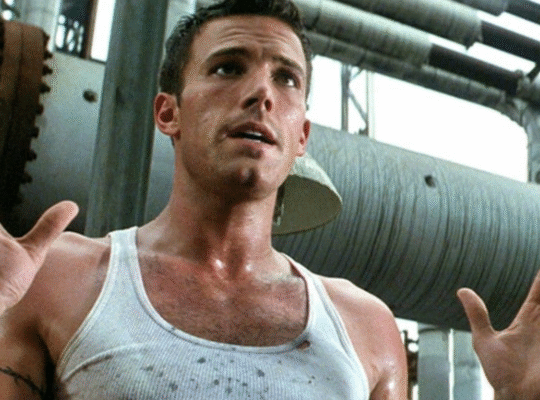
This article contains spoilers for Clair Obscur: Expedition 33 side content. It does not spoil the main story.
Thanks to its astonishing, utterly absorbing story, I found little time for Clair Obscur: Expedition 33’s side content. For two dozen hours I stayed true to the mission and pushed onwards towards my goal of defeating The Paintress. Not that I could see much else to do; optional regions and objectives seemed few and far between. But upon reaching the final phase of the story, in which you unlock the ability to fly around the overworld map, my assumption about side content was proven totally wrong. This world is so much bigger and more impressive than I realised.
Soar up into the clouds and you’ll find scattered floating islands, each one home to the likes of a gladiatorial arena, casino, crimson forest, or something stranger. Push beyond the boundaries of the main continent and you’ll discover hidden doors, wild platforming challenges, and elaborate mazes. And, deep below the ocean surface, there’s the hardest boss of them all. Yes, there’s what seems like an entire other game beyond the main path, much of which is designed to be Expedition 33’s endgame. Clair Obscur isn’t solely a story-focused experience, at least not for those who dare to continue.
Developer Sandfall Interactive has taken an economical approach to side quests (understandable, considering the studio’s small size.) You won’t find any of the sprawling side stories that make games like The Witcher 3 so beloved. Most of the optional regions are small – some are even a single ‘room’ viewed from a static camera, designed to evoke the pre-rendered backdrops of PS1-era Final Fantasy more than offer any kind of exploration value. For the story-hungry, there’s precious little beyond the dozens of Journals that recount the trials of failed expeditions before you. Small but nonetheless interesting lore drops (such as, for instance, the origin of the Nevron enemies you face throughout the story) do, on occasion, make the side content narratively richer, but this is not a pursuit for anyone expecting the same grand story ambition as seen in the main quest.
Instead, Expedition 33’s MO for side content is gameplay-driven. But while it’s all built on the same core concepts as the main campaign – simple exploration, turn-based combat encounters, and character buildcrafting – the activities available certainly have a very different flavour. For the most part, it’s all designed to push those foundational ideas as far as they can possibly go. Exploration becomes trickier thanks to labyrinthine environments that require puzzle solving to progress, while incredibly powerful bosses demand both full mastery of the combat system and deep understanding of how to assemble your characters’ stats, abilities, and equipment.
As with the main story, there’s space made for both the enigmatic and eccentric. Random doors found in both levels and the overworld will transport you to the Manor, a grand house filled with locked rooms. Each new door found breaks the seal on one of those rooms, granting access to the collectables inside. Opening up the whole house is naturally the goal, but there’s more hiding within its halls. A series of secret levers in the dining hall triggers moving architecture, which not only grants access to a hidden passageway, but also suggests there’s more concealed in the Manor than it first seems.
Stranger still are the Gestral-populated regions, where sentient paintbrush-like creatures ask you to solve quirkier problems. At the Flying Casino, for instance, a Gestral holed up inside refuses to speak to any human – overcome that issue and you’ll be rewarded with one of the more humorous costume options. Similarly, heading to the Gestral beaches will see you rewarded with swimsuits for your team (sure to become “fan favourites”, I’m sure), but you’ll need to succeed at a bit of running and jumping to net them. Some of the time that’s reasonably easy – a race through a basic obstacle course, for instance. But one beach asks you to climb an impossibly tall tower of precariously balanced junk, a feat that demands patient and precise platforming, not least because a single slip-up sends you right back to the start.
Combining ideas from those aforementioned regions is the Painting Workshop. A monochrome realm hanging within an abyss, you must carefully navigate its pathways made of canvases and picture frames in order to approach an ominous sculpture. Finding the Workshop’s multiple entrances in the overworld will allow you to complete the sculpture and trigger a boss fight against the Lampmaster, a horrifying mass of arms, lamps, and a huge sword that requires you to solve a light puzzle between combat rounds. You fought this monstrosity much earlier in the game, but this version is substantially harder.
That difficulty doesn’t just apply to the Lampmaster – it affects Expedition 33’s side content almost universally. Abandoning the beaten path early on only to discover a boss clearly designed for the endgame is one thing, but it’s another to arrive at the endgame and still feel totally underprepared. It quickly becomes clear that high-level challenge is very much the philosophy by which many of the activities live by.
The Dark Gestalt Arena and the Endless Tower are classic JRPG-style battle gauntlets, asking you to succeed through a number of increasingly difficult fights. Meanwhile, lurking around the overworld are a variety of incredibly powerful adversaries, such as the ethereal Serpenphare floating around the sky islands to the north, or the titan-like Sprong that wades through the ocean. Even after you break through the 9,999 damage limit, inflicting pain on these creatures demands incredible skill and persistence. There’s no cheat code to bypass this – dropping down to story mode difficulty does little to augment your chances against them. These bosses demand that you put in the effort to train, improve, and refine your characters. In many instances, you’ll need to respec and reconfigure your team in order to focus on a boss’s weakness and bolster your defences against its specific attacks (suddenly it makes sense why you pick up so much respec currency during the campaign). If you’re a fan of the Japanese RPG grind, you’ll be in perfect territory here.
Because of this, Clair Obscur’s endgame feels very much like its own experience, rather than the more typical “mopping up” of side quests that happens in an RPG’s twilight hours. I may have started my journey through it at level 50, but that’s effectively level 0 when it comes to the challenges that await. My approach has been to return to the campaign’s starting point and systematically complete each optional area I missed or avoided, which has created a more approachable challenge gradient. What was once a near-impossible task, marked with red “DANGER” text on the UI, is now an easily surmountable one. Completing challenges in this order will help elevate me to the right levels needed to take on the endgame’s true trial; another major boss who lurks deep beneath the ocean within the pages of Renoir’s Drafts. From what I understand, you need a party of level 90 characters to stand a chance against him. Right now, reasonably fresh out of the story’s finale, it feels like there’s a whole second game between me and it.
As I emerged into Expedition 33’s endgame, I was struck by the same feeling I had when I dived into the Depths that hide beneath The Legend of Zelda: Tears of the Kingdom’s Hyrule. All those sky islands, all those new lands, and all those ocean whirlpools signalled a wealth of extra things to do. I was also transported right back to my youth, when defeating Sephiroth was far from the conclusion of Final Fantasy 7 for me. Clair Obscur has its own versions of the Emerald and Ruby weapons, the Gold Saucer Battle Square, plus several of its own ideas on top. If you’ve truly fallen for Expedition 33, especially the combat and RPG stats side of things, then its side content and challenging endgame are an absolute must. Be sure to check out our Clair Obscur: Expedition 33 guide if you need any help along the way.
Matt Purslow is IGN’s Senior Features Editor.


